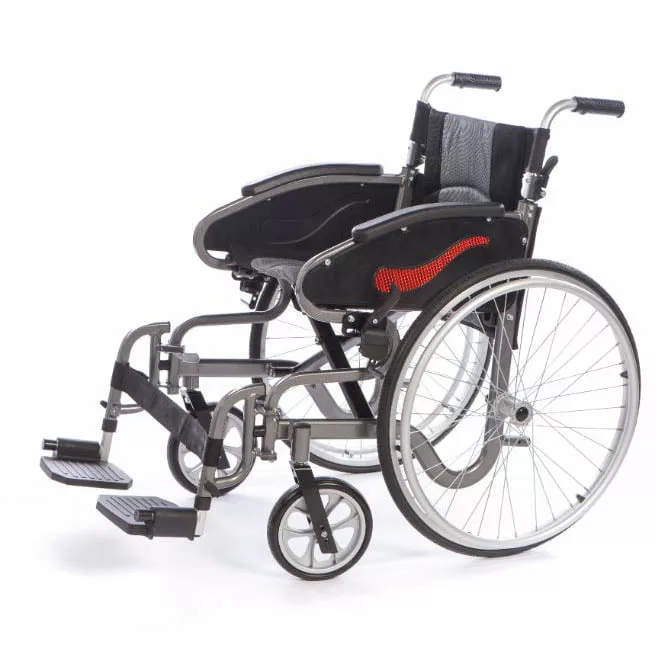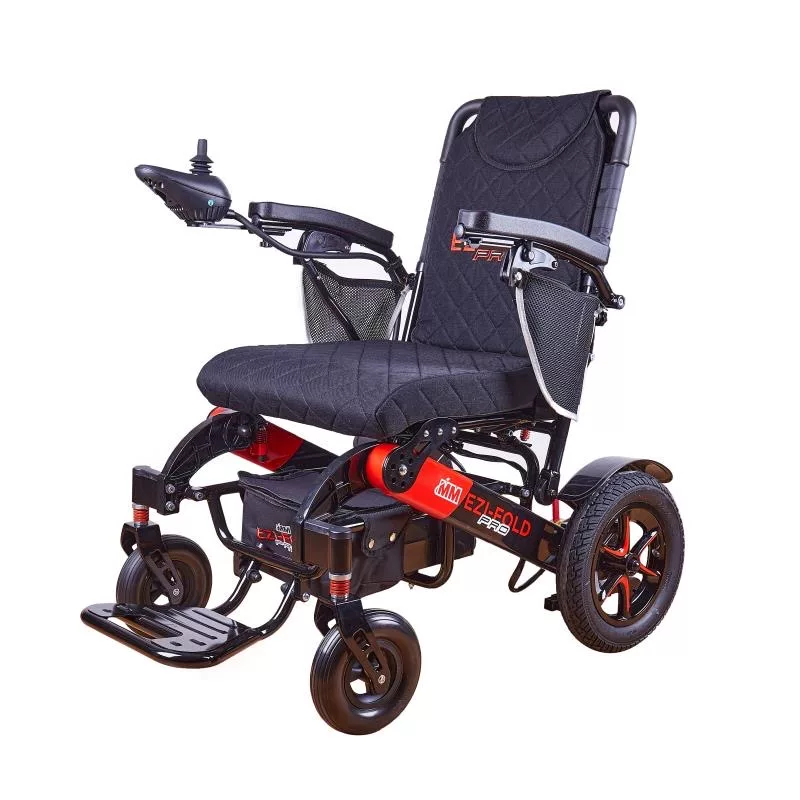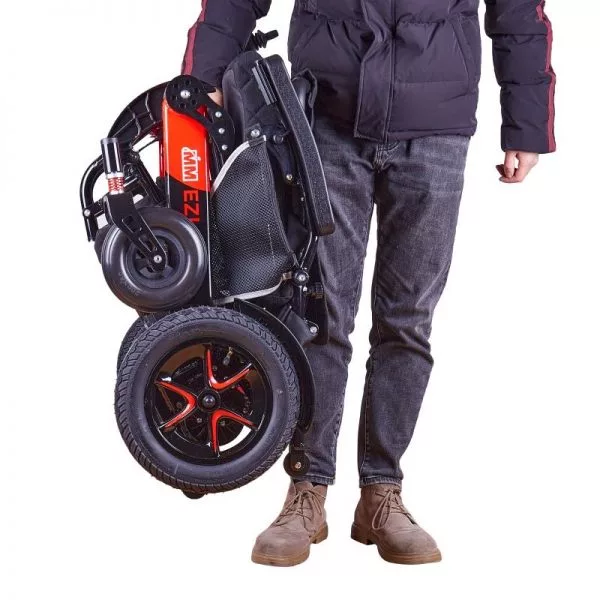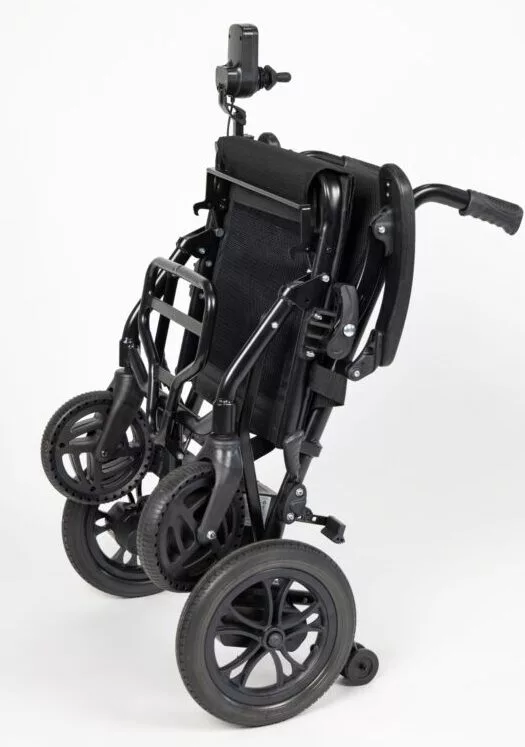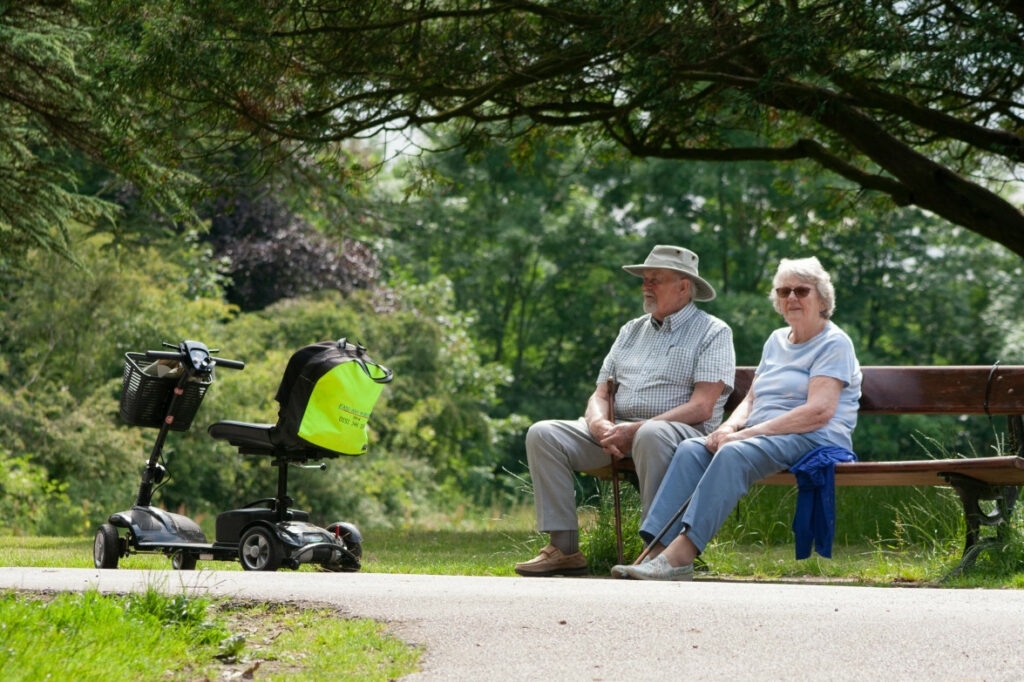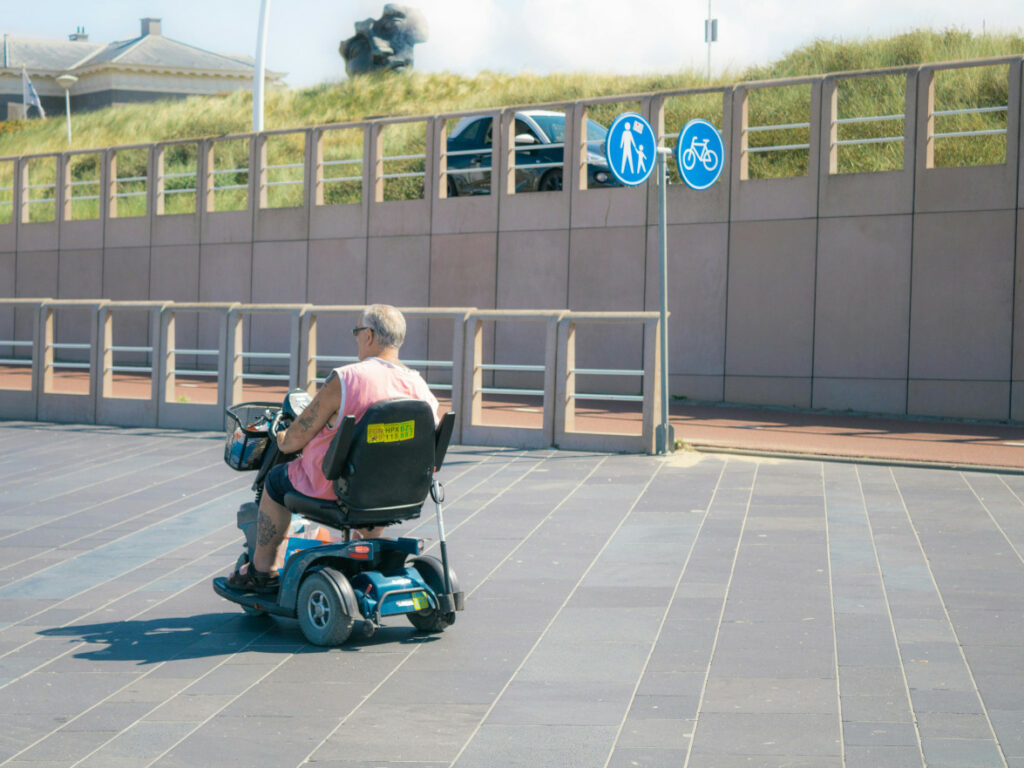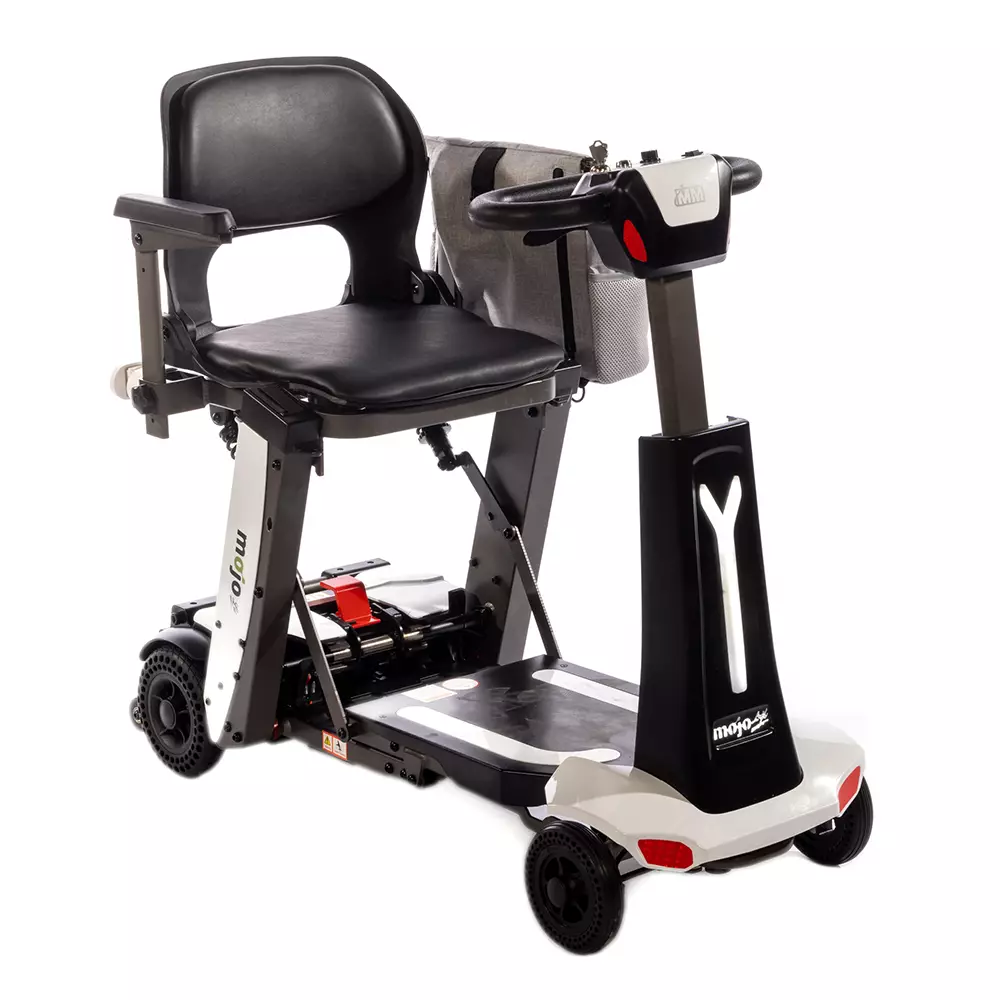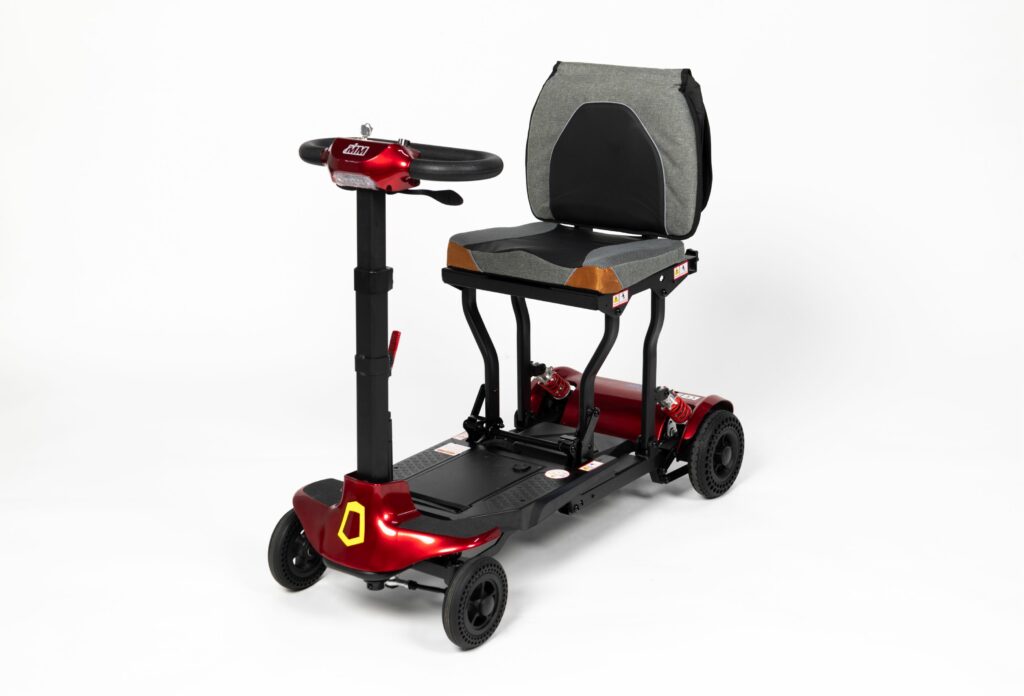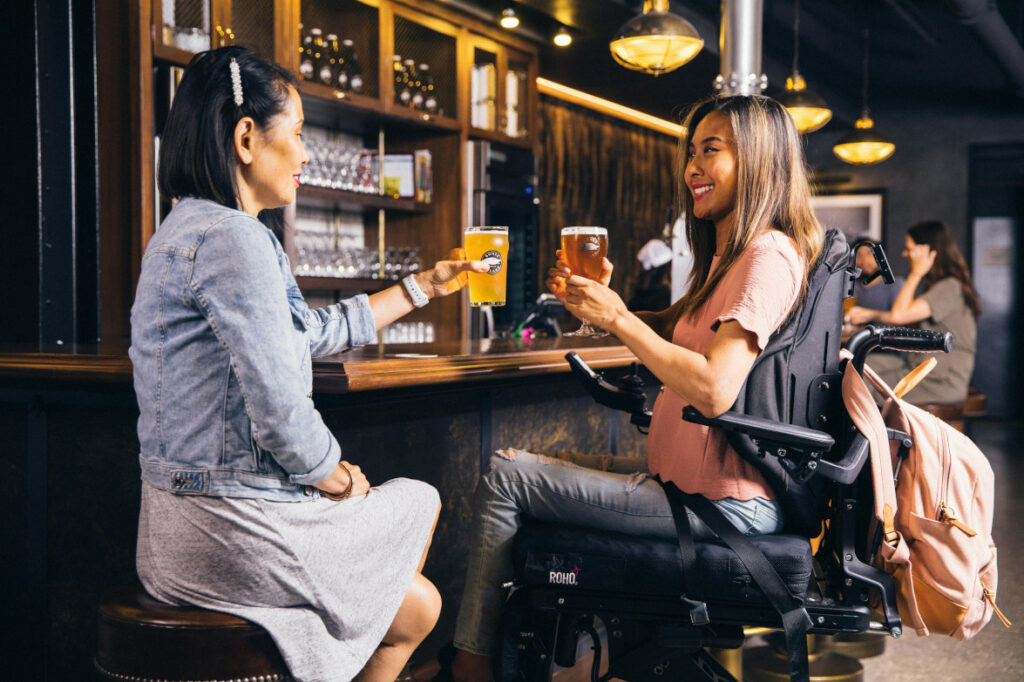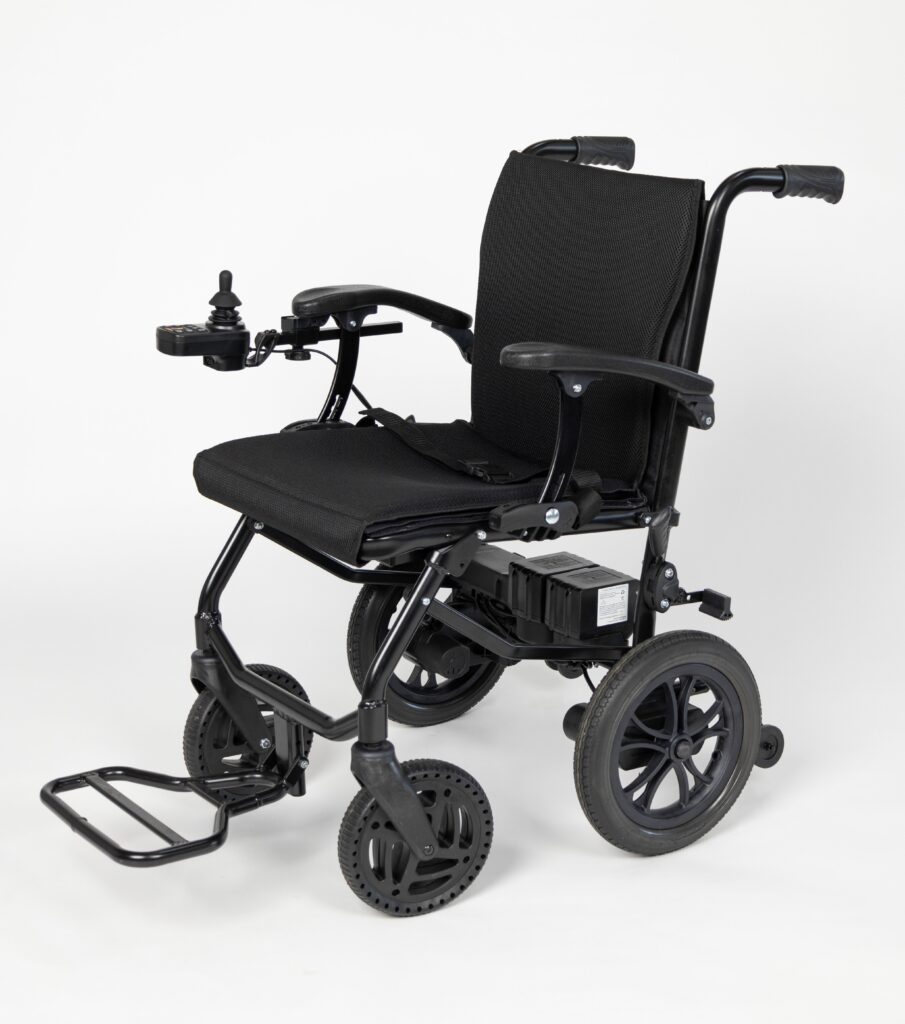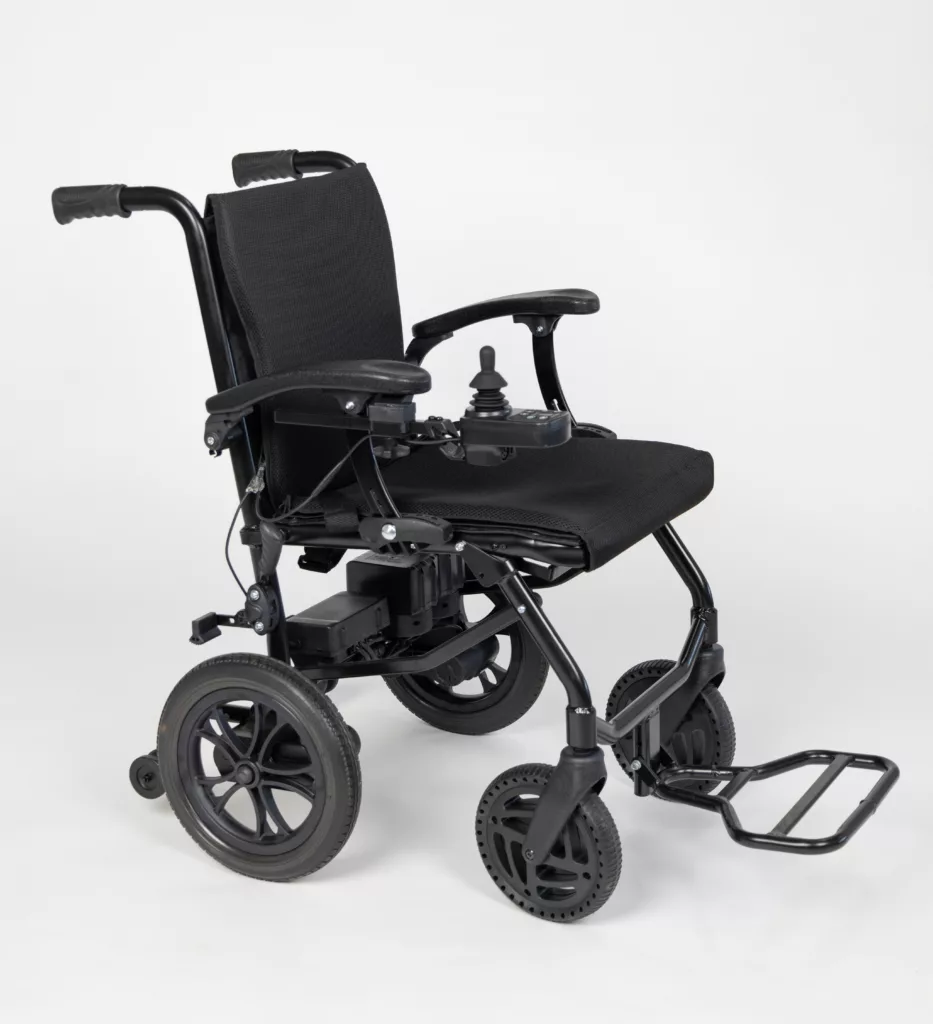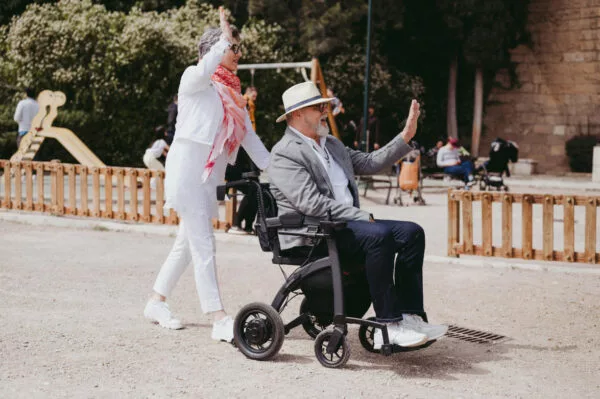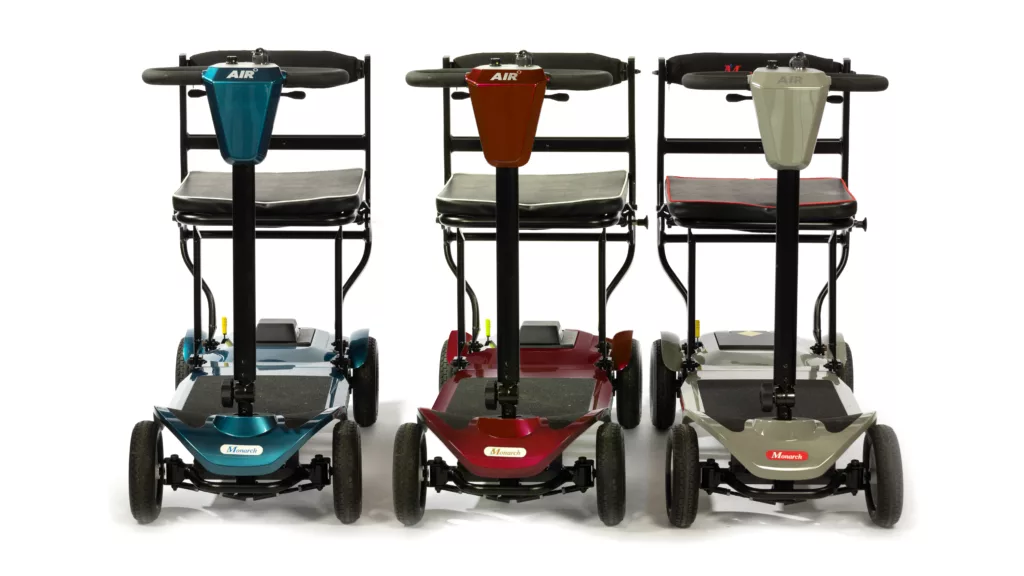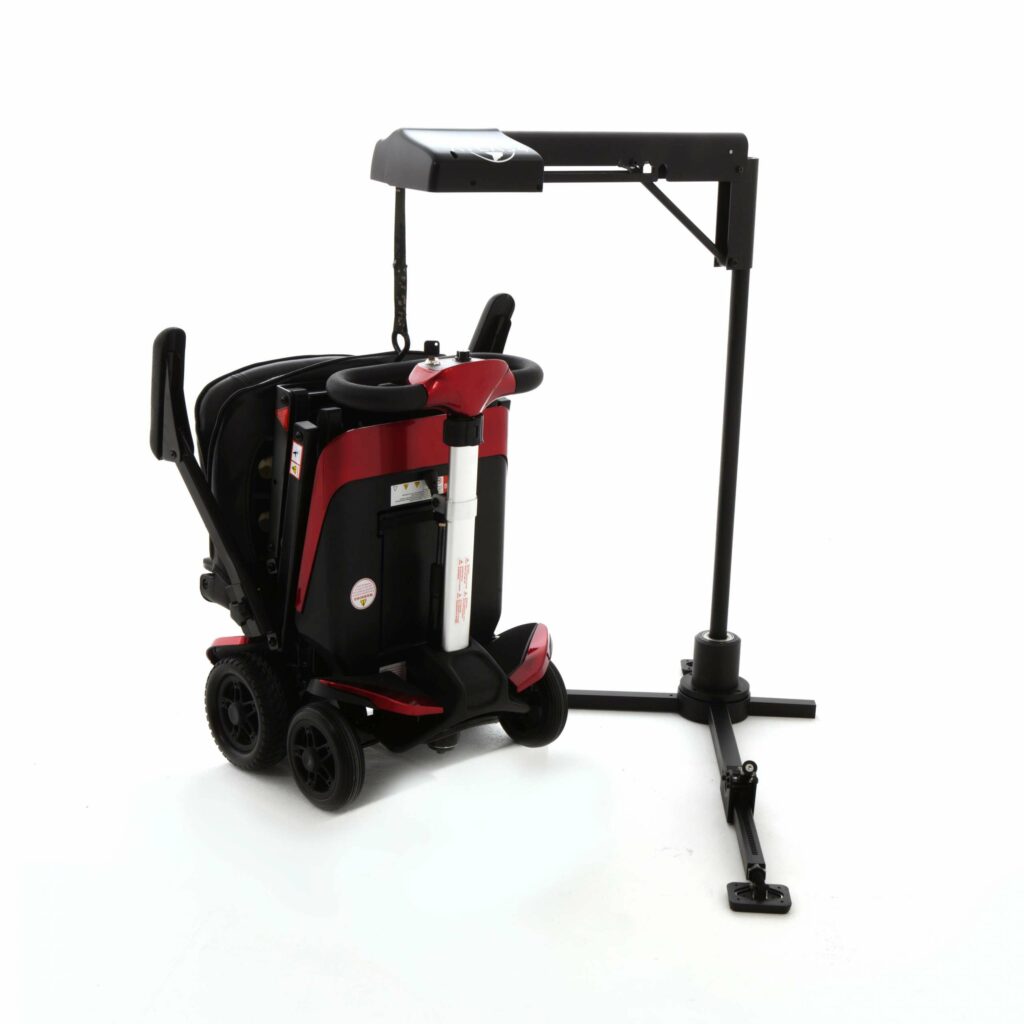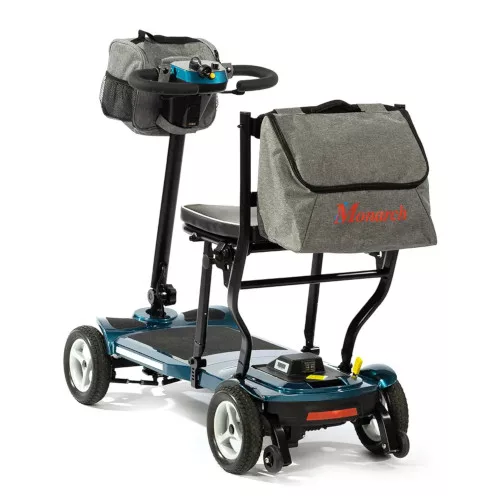Wheelchairs are essential for mobility and independence. However, like any piece of equipment, they require regular maintenance to keep them in optimal condition.
A broken wheelchair can significantly impact daily life, making it difficult to move around comfortably and safely.
In this article, we’ll look at some of the most common problems with wheelchairs – and provide practical solutions for electric wheelchair troubleshooting!
Table of Contents
Worn or torn electric wheelchair upholstery
One of the most common electric wheelchair problems users encounter is worn or damaged upholstery.
Upholstery worn out from regular use can cause the wheelchair’s padding to flatten and lose its shape, resulting in a hard and uncomfortable surface that can potentially lead to pressure sores.
How to fix worn or torn upholstery on powerchairs:
- Speak to a qualified wheelchair service provider who will advise on the best course of action. They may suggest alternative cushioning, padding or a reupholster.
Battery issues on your electric wheelchair
Batteries deteriorate over time and, depending on use, can last about 2 years. If it needs replacing, you will begin to notice a reduced range, slower performance, longer charging times, or more frequent charging. It may also swell or leak.
How to fix battery issues on powerchairs:
- Double-check that the battery is fully charged.
- If you need to replace your battery, you should be able to replace it yourself – or ask a friend or family member to help you.
- If your battery has depleted sooner than you think it should, contact an expert who can check for an internal defect.
To ensure you get as much life out of your wheelchair battery as possible, make sure you properly charge, store, and maintain it.
Flat tyres on your electric wheelchair
One of the most common faults with electric wheelchairs is a flat tyre. If you find your wheelchair difficult to manoeuvre, the tyre has likely deflated.
How to fix flat tyres on powerchairs:
- To fix a flat tyre, you’ll need a tyre pump or an air compressor. Make sure you inflate it to the recommended pressure – details will be in the wheelchair’s manual.
- If the tyre is punctured, it will need to be repaired (similarly to a bicycle puncture repair) – or replaced.
While tyres will lose air over time, you can avoid punctures by ensuring they aren’t over- or under-inflated and that you avoid rough terrain.
Loose or worn-out powerchair brakes
It goes without saying that brakes are a vital safety feature of an electric wheelchair. If you notice that the brakes are slow to respond, it could be because they have become worn or loose. Any issues with brakes should be addressed immediately to ensure safety for the user and the general public.
How to fix powerchair brakes:
- If the brakes are loose, you can tighten them using a wrench or pliers.
- If they need replacing, contact your local supplier to find the correct parts.
- Your wheelchair’s user manual should provide information on how to fix or replace brakes, but if you don’t feel comfortable doing it yourself, ask an expert.
Loose armrests on electric wheelchairs
If your armrest becomes loose, it will result in poor posture and discomfort when using your wheelchair.
How to fix armrests on powerchairs:
- If the armrest has become loose, you can tighten it using a wrench or pliers. Make sure the armrests are in the correct position before doing so.
- If they need replacing, consult your wheelchair’s user manual for instructions or contact an expert.
Worn or damaged powerchair casters
The casters on the front of a wheelchair allow for easy turning and steering. Over time, they can wear out or become damaged, causing the wheelchair to pull to one side or become difficult to control.
How to fix casters on powerchairs:
- Inspect the casters for signs of wear.
- To replace castors, remove the bolt, slide the old caster off, position the new one, and securely fasten it with the bolt.
Damaged powerchair freewheel lever
The freewheel levers on the back of your powerchair enable you to switch between motorised and manual operation. Common freewheel problems include the scooter being stuck in freewheel mode or difficulty moving the lever.
How to fix freewheel levers on powerchairs:
- If the lever is stuck in freewheel mode, you won’t be able to drive the wheelchair using the controls. To fix this, make sure the lever is fully engaged in the correct mode.
- If the lever is jammed or stiff, try some lubrication, such as WD40.
- If the problem persists or the lever is damaged, you may need to seek expert advice.
Electrical faults on your electric wheelchair
Electrical defects in wheelchairs can include flashing lights, damaged controllers, or ineffective batteries. These issues can be concerning for the typical wheelchair user and are often not simple fixes.
Electrical faults can represent longer-term wheelchair issues or be a one-off occurrence caused by a hard shock or bump. Either way, they should be investigated to ensure optimal safety.
How to fix powerchair electrical faults:
- For electrical issues, it’s best to contact a wheelchair service provider who will examine your wheelchair and advise on the best course of action.
- Don’t ignore any electrical issues. Although they may appear to be isolated or temporary faults, they could lead to further problems.
To prevent wiring issues, it’s important to properly maintain your powerchair, ensuring it is stored correctly and not overloading the wheelchair’s weight capacity.
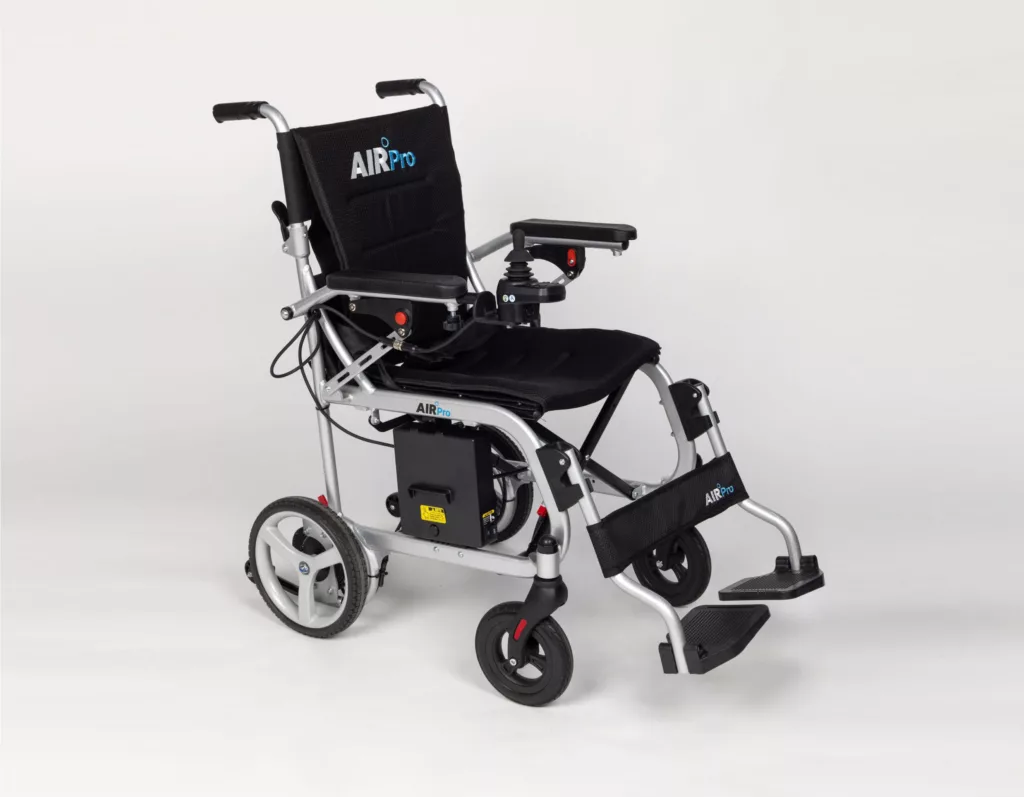
How to prevent electric wheelchair faults
Regular maintenance is key to preventing common electric wheelchair problems. Properly charging your battery, inflating your tyres to the correct pressure, and lubricating moving parts will help maintain your powerchair’s safety, comfort, and longevity.
If you need a new or replacement electric wheelchair, Monarch Mobility is here to help. Contact our experts to find the best model for your needs.
